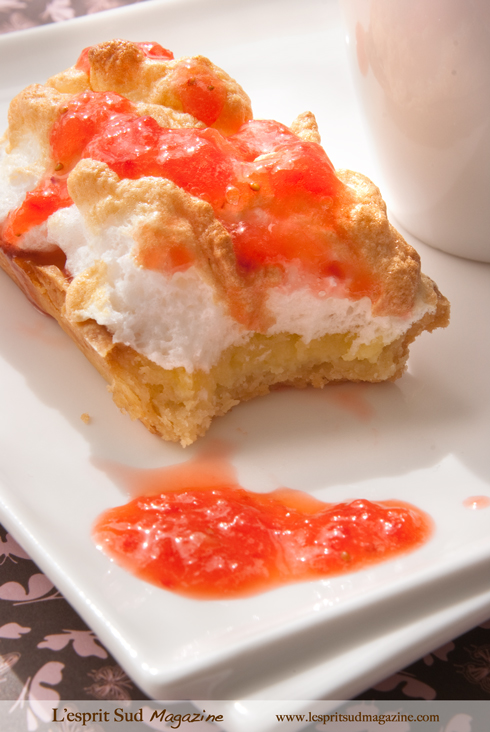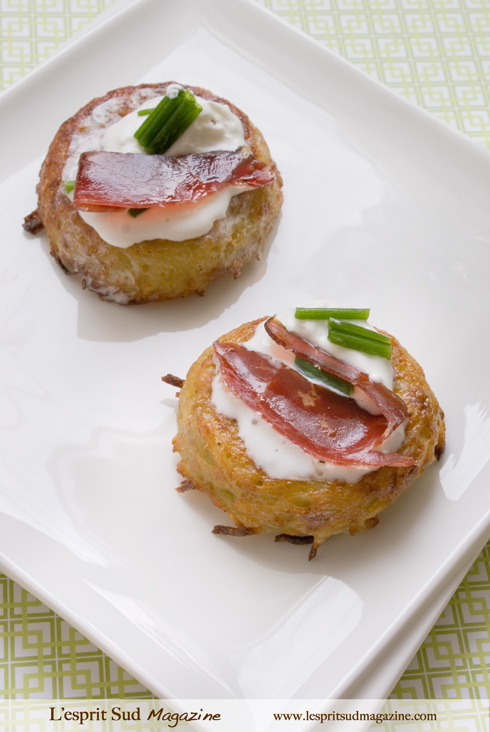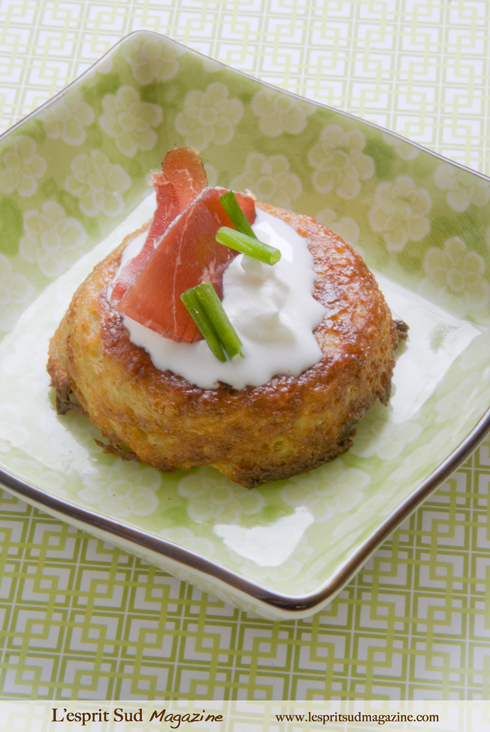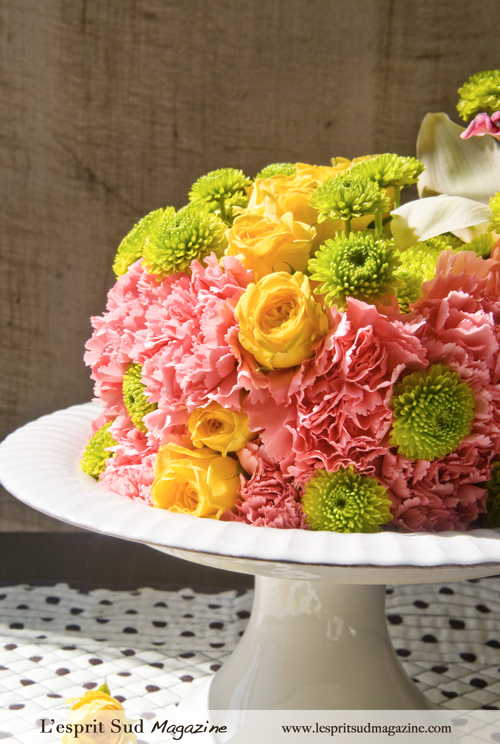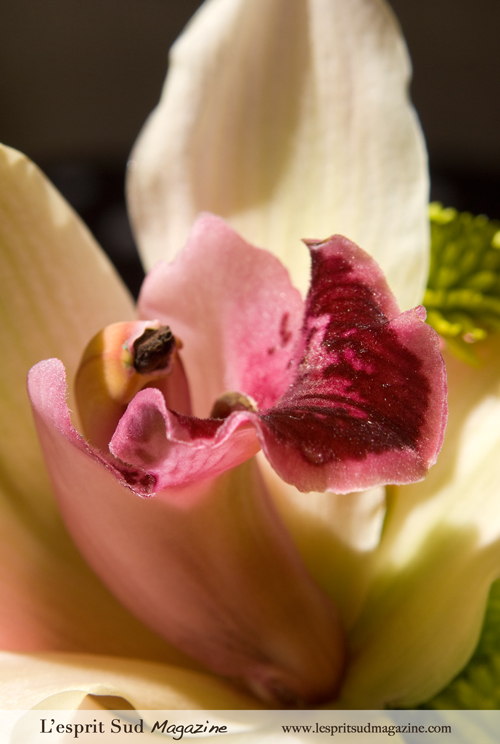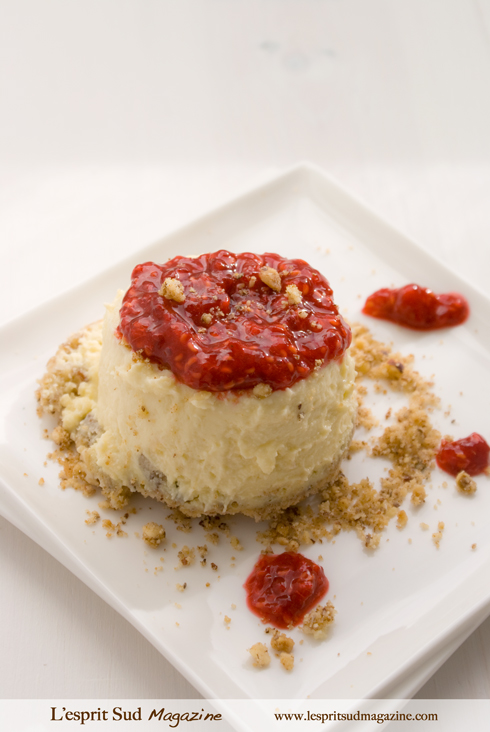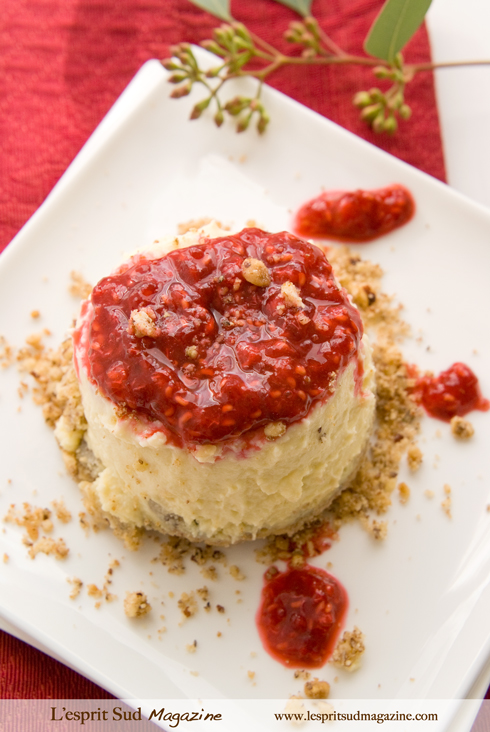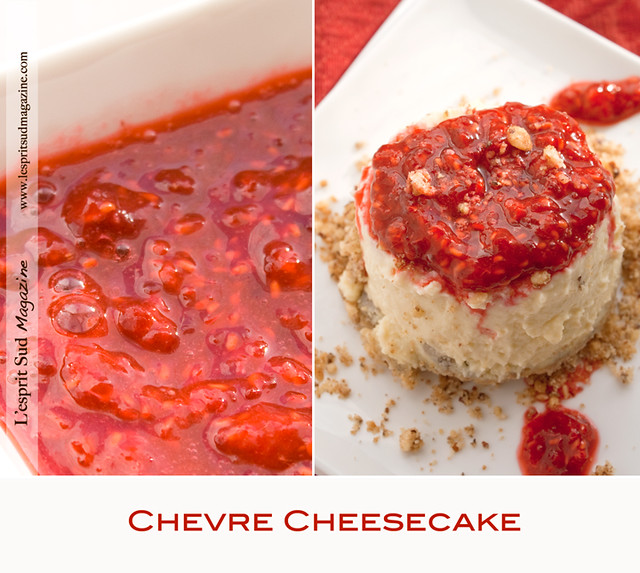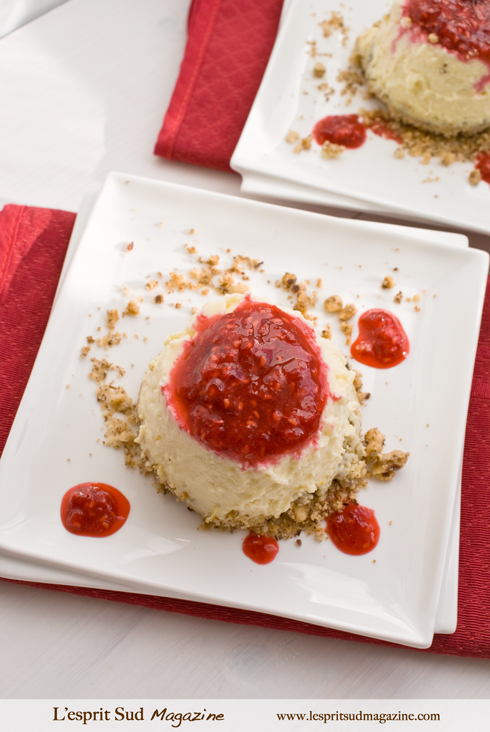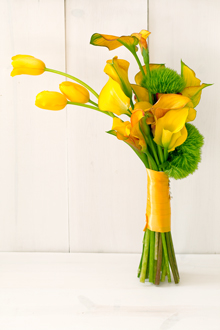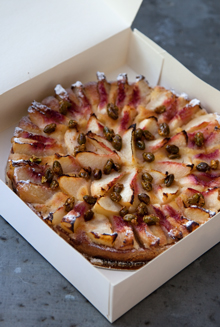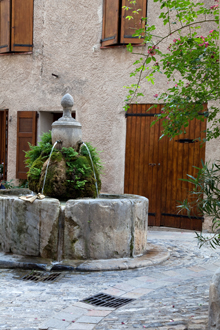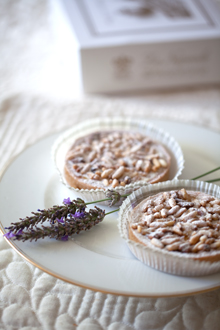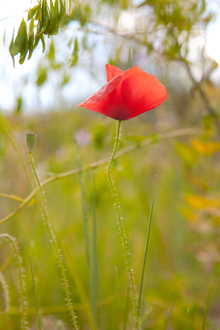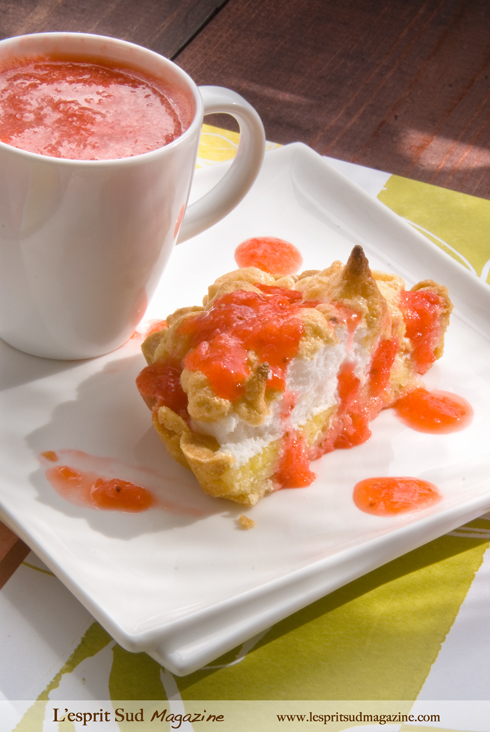
At this time of the year, citrus are in their peak season. Although it is quite easy to find lemons all year long thanks to our global economy, nothing beats the quality of fruits in season. If you have the chance to have access to lemon or orange trees, you will definitely agree with that statement. The golden fruit is highly regarded in the South of France. Every year, there is the famous Fête du Citron (Lemon festival) in Menton. This year, the event is taking place from Feb 12th to March 3rd and includes a large citrus exhibition as well as a multicolor parade every Sunday morning. (For more information and pictures, please consult the official website.)
To celebrate the lemon season, we are happy to feature a divine lemon pie with a strawberry sauce. This lemon pie requires a little bit of work as the pastry needs to be blind baked. However, if you do take the time you will be amazed with the result. The lemon pie can be prepared in a large baking pan for non formal event or in a smaller format.
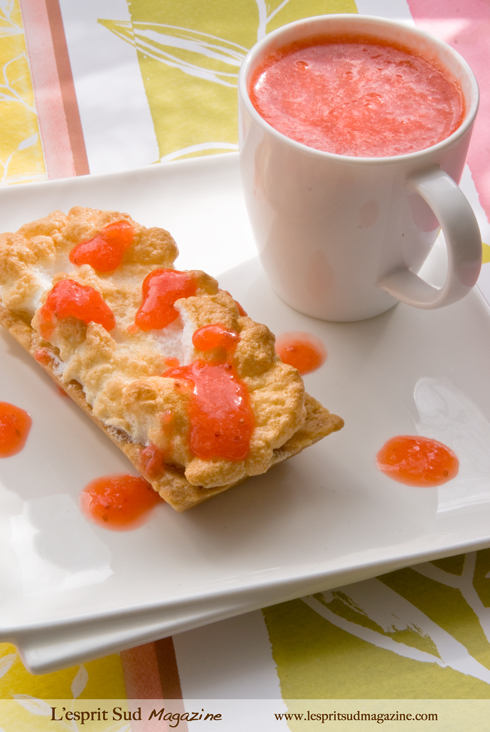
The lemon pie is delicious when served with a raspberry sauce but can also be enjoyed "plain".
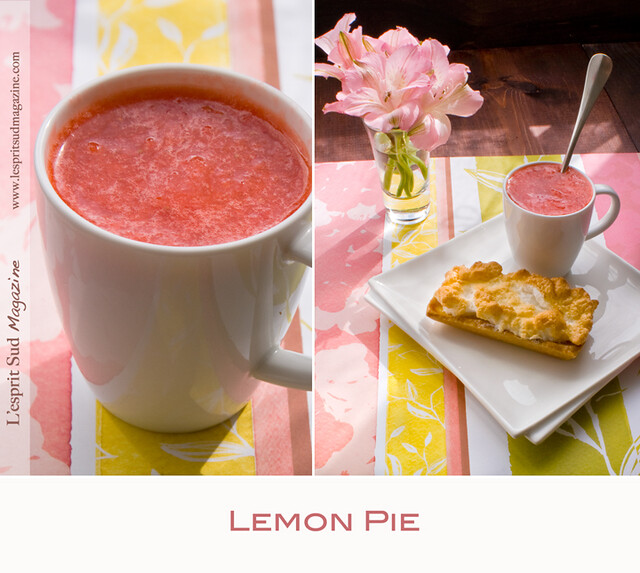
Divine Lemon pie with a strawberry sauce
(Recipe for 6-8 servings)
Pastry (Pâte sablée)
2 1/3 cup (300g) of flour
2/3 cup (150g) of butter, soften
1 egg yolk
2/3 cup (125g) of sugar
¼ cup (60g) of heavy cream
1 tsp of vanilla extract
Lemon custard
2 organic lemons
2/3 cup (150g) of heavy cream
4 eggs
1 cup (200g) of granulated sugar
Meringue
3 egg whites
1/4 cup (30g) of powdered sugar
Strawberry sauce
12 oz (300g) of Strawberries, fresh or frozen
½ cup sugar
2 tbsp of lemon juice
1 tsp of grated lemon rind
Preparing and blind baking the pastry
In a mixing bowl, process the butter and sugar until the mixture becomes light. Add the flour, then the egg. Finally, add the cream and vanilla extract. Do not overwork the dough. Let it rest in the fridge for 1 hour.
Roll the pastry dough to fit a 10” (26cm) pie tin. Roll the pastry out between 2 sheets of non-stick baking paper, rolling from center out and turning it to ensure even rolling. Peel off one sheet of baking paper and line the pie tin pastry-side down. Pell off the remaining piece of paper and gently lift and tuck the pastry, trying not to stretch it, into the tin. Trim the edges. Place in the freezer for 30 minutes.
Blind baking is a technique where the pastry shell is partially baked without the filling. Line the base with non-stick baking paper and fill with uncooked rice or dried beans and bake for 20 - 25 minutes at 350˚F (180˚C) or until golden. Remove the baking paper and weight.
Preparing the lemon custard
Finely grate the lemon zest and extract the juice of the 2 lemons. In a mixing bowl, whisk the 4 eggs with the sugar until well blended. In a separate bowl, mix the heavy cream for 10 seconds. (Do not overwork). Add the lemon zest and juice to the egg mixture then finally, incorporate the heavy cream. Place in the fridge until ready to use.
When the blind baking is done, incorporate the lemon custard and bring it back to the oven for 1 hour and 15 minutes at 300˚F (150˚C).
Preparing the meringue
In a mixing bowl, beat the egg whites at medium speed until soft peaks forms. Add the powdered sugar and raise the speed to high, and beat until peaks are stiff and glossy. Top the pie with the meringue 5 minutes before the end of the cooking time.
Preparing the strawberry sauce
In the bowl of a food processor, place the strawberries, sugar, lemon juice and zest. Blend until pureed. Refrigerated until ready to serve.
Presenting the pie
Cut a slice of the pie and drop 1 tbsp of raspberry sauce over it.
Notes: You can also prepare individual mini pies. The blind baking time as well as the cooking time will have to be adjusted to 15 – 20 minutes.
